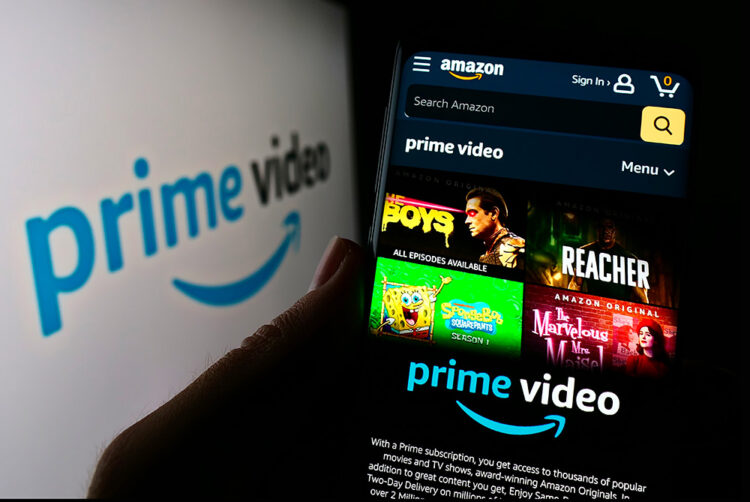Why ads on Amazon Prime Video are a game changer

Opinion
The UK TV market may — overnight — have a new ad-supported VOD platform with the scale and quality to challenge UK broadcasters.
The news last week that Amazon’s Prime Video will be introducing ads from 2024 could have significant ramifications for the UK TV ad market; considerably more so than when we heard similar announcements from Netflix and Disney in recent months.
The reason? Unlike Netflix and Disney, where the ad-supported tier is a cheaper ‘opt-in’ alternative, Amazon is saying that all Prime Video accounts will become ad-supported by default. In other words, going ad-free will require ‘opting out’ (for an as-yet undefined premium).
Sticky Prime?
The difference in approach sets up an interesting case study in behavioural economics, not just in terms of price positioning, but also in understanding the stickiness of Prime’s overall offering. After all, Prime is far more than Video; it’s books, shipping, music, gaming, groceries, cloud storage and more. Giving up the service entirely for the sake of a few ads may seem like a stretch for many customers.
What happens then, if Prime proves to be sticky and viewers are reluctant to pay a premium to move to the ad-free tier (ITV & Channel 4’s ad-free services could be the benchmark here)? The answer is that the UK TV market may — overnight — have a new ad-supported VOD platform with the scale and quality to challenge UK broadcasters. That is not insignificant by any means. It has taken Netflix a year to garner an ad-supported user base rumoured to be more than 5% the size of ITV’s and Channel 4’s.
In contrast, 12.9 million UK households are Prime Video subscribers. If the above assumptions hold, then Prime Video could be in a position to compete on monthly active users with the UK broadcasters (even if total registered user numbers may lag).
To put this into context further, a look at Barb Dovetail data reveals the extent to which key TV audiences engage with Prime Video. If we were to consider it a TV channel in its own right (a debate for a different article), Prime Video would sit firmly in the top three most-watched channels for 16-24s and 25-34s, and in the top five for 35-44s.
If we were to cut this viewing in half (assuming for instance that, all things being equal, half of Prime Video’s users upgraded to the ad-free tier) then Prime Video would still sit comfortably in the top six channels for each of the above age demos.
Not a ‘bolt on’
Clearly, some assumptions are being made here — no consideration has been given to ad load, for example — but nevertheless, advertisers should be excited by the potential scale that could be opened up by Amazon’s slightly different approach to launching an ad-funded tier. That is without getting into the quality of the content ($7bn invested in original content, with 68 Emmy nods and one Oscar nomination last year) or the potential targeting opportunities to tap into Amazon’s shopper data.
Sceptics may point to recent analysis showing that adding on an ad-funded tier is harder than launching with one from the off, but what Amazon is suggesting here isn’t a bolt on — it’s a fundamental change to the Prime Video product. Viewers may feel agitated at the thought of ads, but the alternatives are equally — if not more — unappealing.
If inertia sets in among Prime Video subscribers, then advertisers could be rewarded with a new product with bags of quality and scale — two things which don’t always go together in the CTV space…
 Ian Daly is head of AV Investment at independent media agency the7stars
Ian Daly is head of AV Investment at independent media agency the7stars




